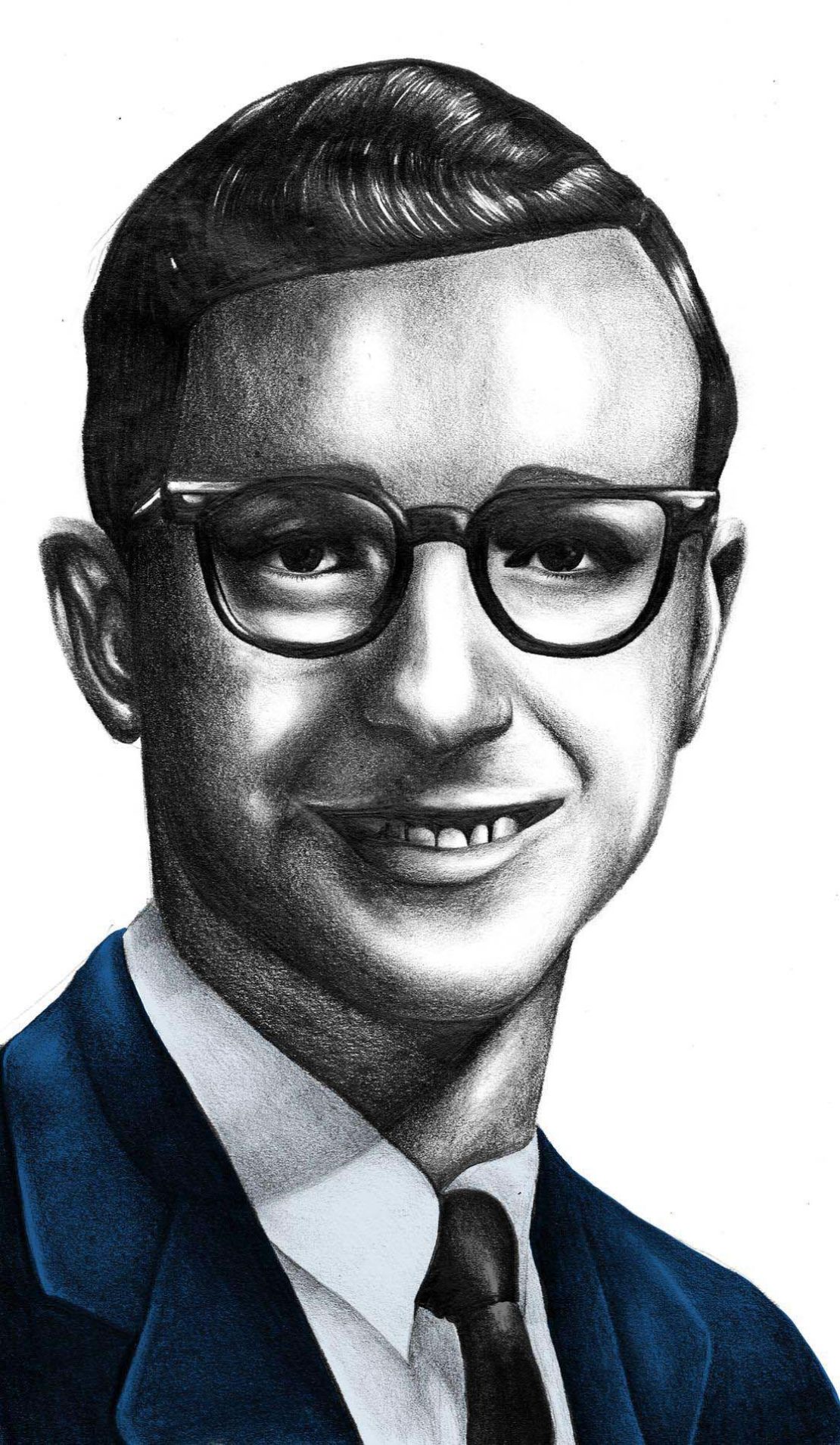Innovation heroes, #1: Larry Tesler

Who?
Larry Tesler, an engineer at Xerox PARC, Palo Alto, in the 70s. Here in California, the graphical user interface of modern computing – of folders, menus and mice – was conceived seemingly overnight by a handful of engineers and set more or less in stone, hardly changing to this day.
The story
Early text editors could only move and delete text. Inspired by some primitive cut-and-paste he did at the time, pasting up posters with blades and glue for a local non-profit, Tesler wanted to simplify that real-world process on the computer. He introduced ‘cut’, ‘copy’ and ‘paste’ as new operations to software developed at PARC in 1974 and simultaneously established a new standard order of text-editing workflow: select the text, hit copy, select where, hit paste. Previously, software suffered from cumbersome ‘modes’: users would enter ‘move mode’, and follow five separate keyboard-command steps to move the text. Tesler had a reputation for prizing simplicity above all and barked his user-experience mantra at all who worked with him: “Don’t mode me in,” he’d say. That principle obsessively informed his work and is responsible for the enduring clarity and elegance of text commands like copy and paste.
More in this series
Innovation heroes, #2: Gary AndersonPostscript
Tesler also developed the ‘click and type’ interface, whereby users click where they’d like to start typing. In 1980, he went on to work at Apple, where he further refined the graphical interface, before conceiving Apple’s single mouse button in a further effort to strip away the superfluous.
After working in a series of senior roles at Apple, Yahoo! and Amazon, Tesler today lives a comfortable life as consultant and revered user-experience guru in Silicon Valley.